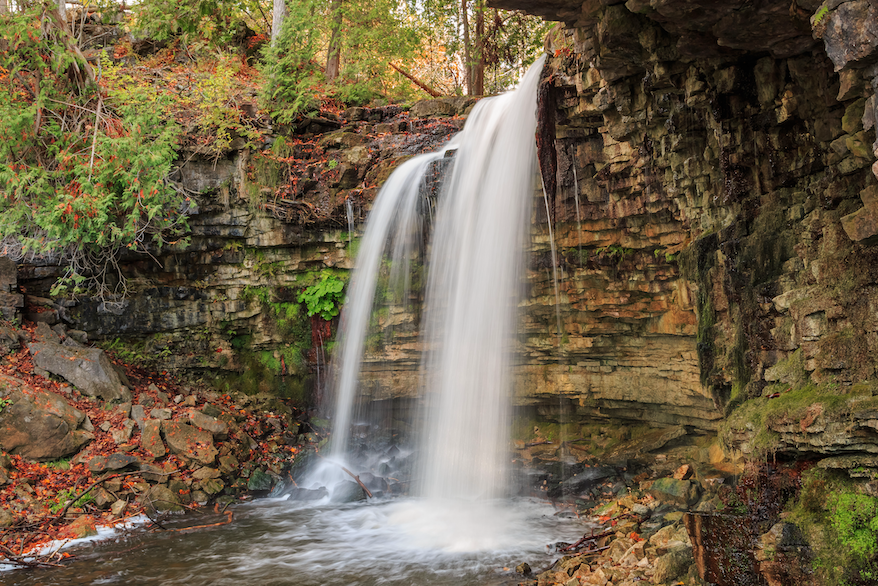Blog Contributor: Madison Lepp

The new year is always a great time to consider making positive changes – there are many small changes an individual can take on to create a more sustainable lifestyle. Here are some suggestions for living sustainably in 2022 and new year’s resolutions to take into consideration…
1. Shop Smarter
Aim to only buy what you need and will consume or use. Shifting your mindset to think of the resources we have as limited, will allow you to use them more conservatively in the new year. Aim to shop locally and support independent businesses where possible. Think about whether the item you are buying is sustainably sourced, ethically produced, high quality, and long-lasting. Ask yourself – Do I need it? Where is this product from, who made it, and what is it made of? How is it packaged? How can it be disposed of after use? Can I buy a used or thrifted version of the product?
New year’s resolution idea: Switch to buying Fairtrade and locally roasted coffee beans!
2. Save Energy
Globally, about 78% of GHG emissions from human activity are from the production and consumption of energy. Wasting less energy is a simple way to reduce your carbon footprint and requires very little effort! Simply turn off light switches, switch your bulbs to LEDs, wash laundry on a cooler setting, and/or air-dry clothing to reduce your household energy usage. Properly insulating your home is also a great way to reduce the energy needed to keep your home warm this winter. A plus to this is that you will also lower your energy bill!
New Year’s resolution idea: Only wash full loads of laundry and wash on cold!
3. Slow Fashion Only
Did you know that according to Fashion Checker, 93% of brands are not paying garment workers a living wage? Or that, Clothing production is the third biggest manufacturing industry (after automotive and technology) and that textile production contributes more to climate change than international aviation and shipping combined. The hard truth is that more than 500 billion dollars of value is lost every year due to underutilization and lack of recycling. We oftentimes think of garments as short-term tools, contributing to wasteful consumption patterns that inevitably leading the world toward drastic climate change. We must shift this to thinking of garments as long-term investments. Try asking yourself: Is this an item I need and will use until the end of its lifecycle? How will I dispose of this clothing item at the end of its lifecycle? Will I love this item in 2 weeks, 2 months, 2 years? Who made this item and were they paid fairly? A great resource to ensure the brand you are purchasing from has good intentions is the website/app Good On You.
New year’s resolution idea: Only purchase one clothing item a month or have a one in – one out rule!
4. Waste Not
Over the past 50 years, world plastic production has doubled – bringing the weight of production up to 300 million tonnes every year! To put that into perspective, that’s equivalent to the weight of the entire human population. To make matters worse only 9% of all plastic produced is recycled. At times plastic seems to be scary and unavoidable but it is still possible to reduce the amount of single use plastic you consume! Always pay attention to the products you buy and brands you support. Make sure to dispose of and recycle everything you use correctly; opt for compostable items where possible; and check out TerraCycle schemes. If you can: donate, pass on, or sell something before disposing of it – this is always your best option. Making zero waste swaps is a great way to reduce waste! Here is a list of 50+ Zero waste swaps to try!
New Year’s resolution idea: Commit to one zero waste swap a month or set a rule of thumb to only purchase 10% or 20% plastic items at the supermarket.
5. Embrace and Support Mother Nature
It’s scientifically proven that spending time outside can reduce stress, encourage creativity, and promote better immune system functions. Studies have shown that even just 20 minutes per day spent in nature can lower stress hormone levels, boost self-esteem, and improve mood. Spend more time outside and show nature appreciation by planting trees, wildflowers, and pollinator friendly plants; picking up litter while you walk; adding bird feeders to your yard; and/or supporting a wildlife charity!
New year’s resolution idea: Create a regular date with nature!























